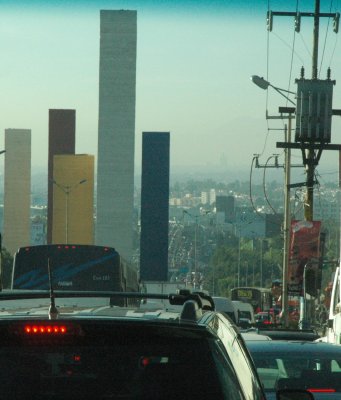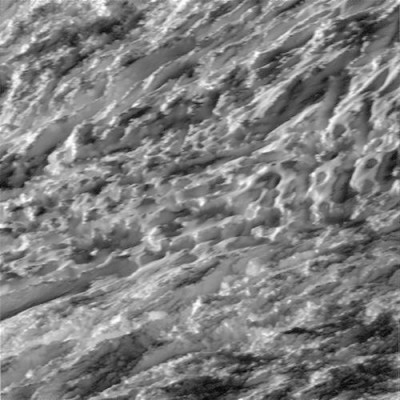Enceladus rises over Dione

Cool image time! The image on the right was taken by Cassini in September 2015, and shows two Saturn moons, bright Enceladus partly blocked by darker and nearer Dione.
Although Dione (near) and Enceladus (far) are composed of nearly the same materials, Enceladus has a considerably higher reflectivity than Dione. As a result, it appears brighter against the dark night sky.
The surface of Enceladus (313 miles or 504 kilometers across) endures a constant rain of ice grains from its south polar jets. As a result, its surface is more like fresh, bright, snow than Dione’s (698 miles or 1123 kilometers across) older, weathered surface. As clean, fresh surfaces are left exposed in space, they slowly gather dust and radiation damage and darken in a process known as “space weathering.”
The image doesn’t contain any earth-shattering discoveries. It is simply beautiful. And in these dark times, seeing beauty is sometimes the most important thing one can do.

Cool image time! The image on the right was taken by Cassini in September 2015, and shows two Saturn moons, bright Enceladus partly blocked by darker and nearer Dione.
Although Dione (near) and Enceladus (far) are composed of nearly the same materials, Enceladus has a considerably higher reflectivity than Dione. As a result, it appears brighter against the dark night sky.
The surface of Enceladus (313 miles or 504 kilometers across) endures a constant rain of ice grains from its south polar jets. As a result, its surface is more like fresh, bright, snow than Dione’s (698 miles or 1123 kilometers across) older, weathered surface. As clean, fresh surfaces are left exposed in space, they slowly gather dust and radiation damage and darken in a process known as “space weathering.”
The image doesn’t contain any earth-shattering discoveries. It is simply beautiful. And in these dark times, seeing beauty is sometimes the most important thing one can do.




